Visitors to the Swiss site can learn about the creation and allure of colored stones and get a look at the lab’s own innovations.
The Gübelin Gem Museum, which opened its doors in Lucerne, Switzerland, this year, showcases a remarkable gemstone collection belonging to the family owners of the nearly 170-year-old Swiss jewelry house and gem lab. Besides offering visitors a chance to learn about the creation, origin and allure of colored stones, the museum tracks the evolution of gem-testing technology and shares the House of Gübelin’s own history, pioneering spirit and innovations.
Founded in 1854, the house is now known for its research and education services along with its gem and jewelry offerings. Company president Raphael Gübelin describes the museum as “a living forum for interaction and inspiration [where] we can share our passion for the fascinating world of colored gemstones with everyone who is interested.”
In addition, it’s the new home of the Gübelin Academy, the house’s education arm. Sharing a location with the museum means academy students can “immerse themselves deeply in gemology as well as in the history of our tradition-based house,” he says. And since the gems on display are easily movable, “we can regularly exhibit new and inspiring content.”
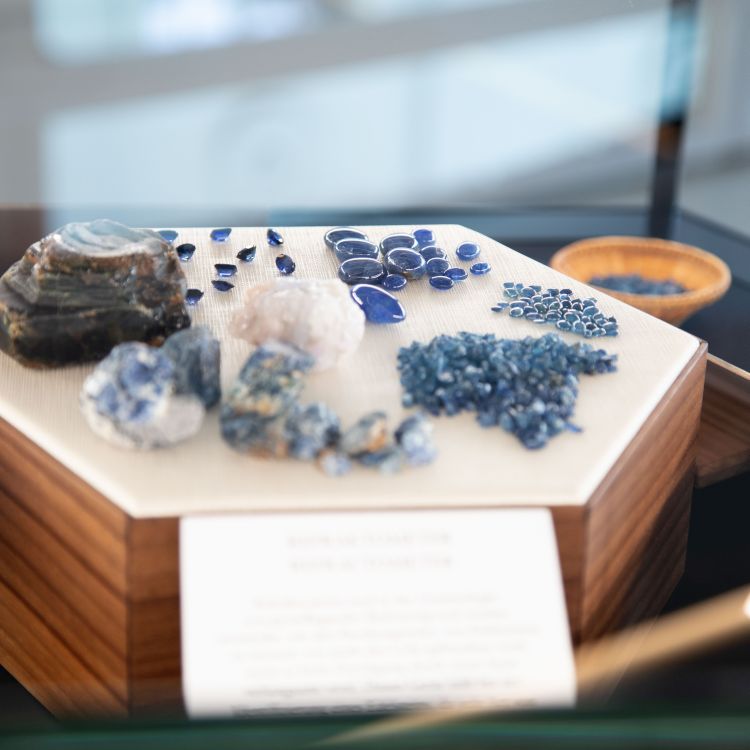
For reference
A highlight for visitors is the Gübelin gemstone reference collection, which may be the most complete such collection in the world, according to the house. Comprising more than 28,000 gemstones from both active and exhausted mines, it has captivated aficionados and researchers for years.
Lucerne-based gemologist Eduard Josef Gübelin (1913 to 2005) built up the collection by bringing back gemstones from mines he visited on his many trips overseas, and it has continued to expand. Today, it forms the basis of the Gübelin Gem Lab’s work. The new museum has 174 selected gemstones from the reference collection on display, complete with individual explanations.
Eduard Gübelin himself was a groundbreaking researcher and the author of several major gemology books.
“His study of inclusions in gemstones for identification and country of origin are legendary, and the basis not only for modern gemology, but also for the family name being revered in the field of gemology,” remarks US-based gemstone writer Gary Roskin of Roskin Gemological Services.
All of this comes through in the museum via “the displays of instrumentation, the personal library, and a vision of the invaluable gem reference collection,” he says.
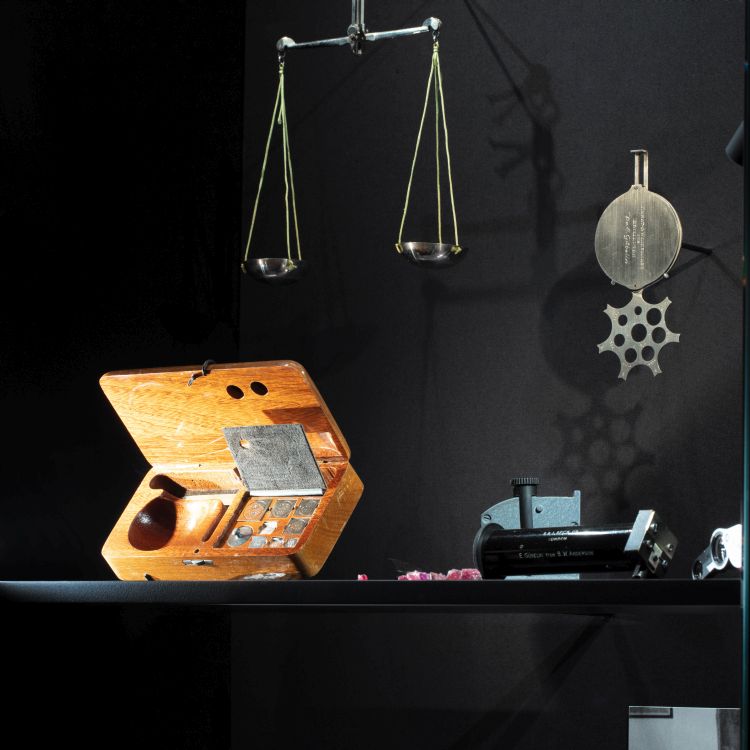
The technical side
The museum exhibition also offers glimpses into the work of the Gübelin Gem Lab, from its beginnings in 1923 to the latest advancements. The latter include the development of Gemtelligence, a program that employs artificial intelligence (AI) and deep learning to analyze and identify gemstones more consistently.
In terms of education, the objects and multimedia information on display in the museum not only make the contents of the Gübelin Academy classes immediately tangible for students, but also expose visitors to the house’s activities.
“This museum will be great for educational purposes and increasing the brand awareness of Gübelin as a leader in lab reports,” comments Navneet Agarwal, marketing and sales manager at Bangkok, Thailand-based gemstone dealer Navneet Gems.
Summing it up, Roskin declares the museum “truly a destination for all gemologists and gem enthusiasts alike.”
Main image: Gübelin Gem Museum with the reference stone collection on the right. (Gübelin)

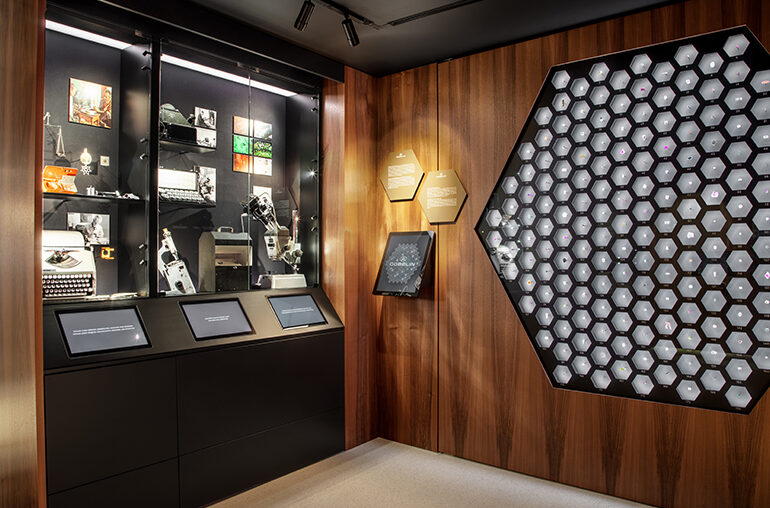
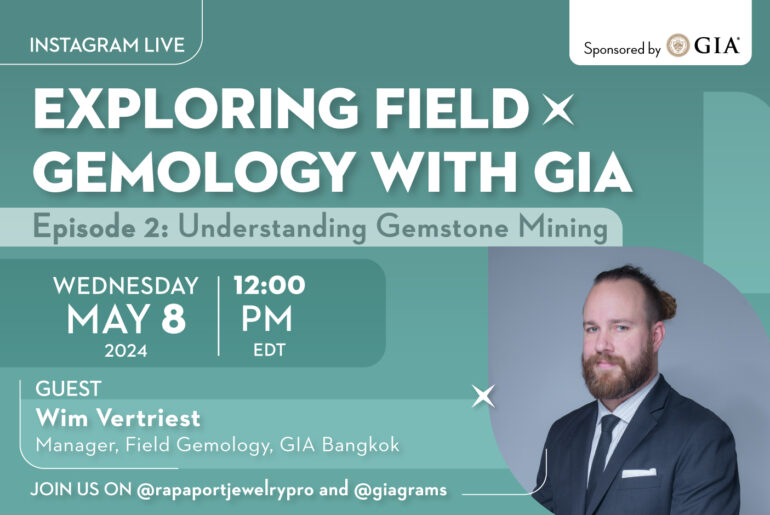
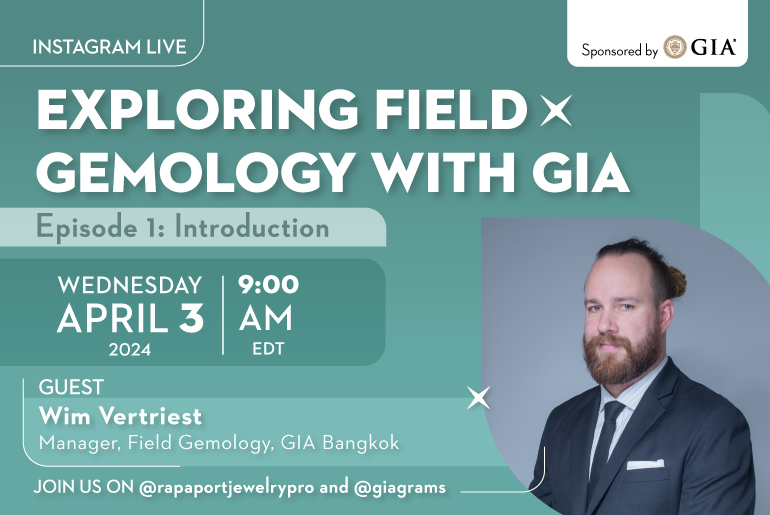
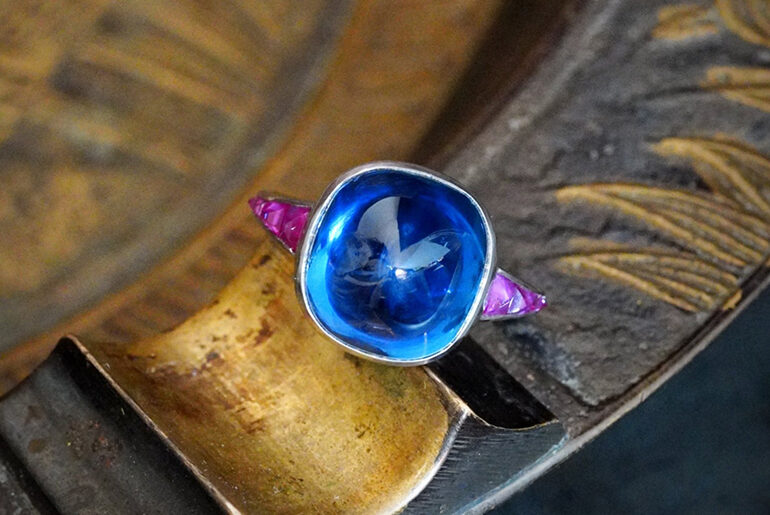
Comments are closed.